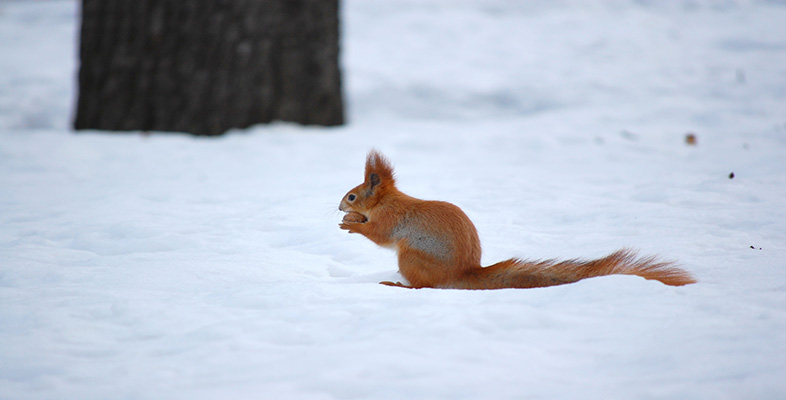1 Surviving the winter
1.1 Living in a fluctuating environment
The great majority of organisms live in environments that fluctuate extensively and cyclically. For example, an animal such as a limpet living on a sea-shore experiences a 12-hour cycle in which it is alternately exposed, first to the air, the wind and the heat of the Sun, then to pounding by the sea. Life in the natural world exposes organisms to a diversity of environmental cycles, acting on a variety of time-scales. The most obvious cycles are night and day, with a period of 24 hours, and winter and summer or wet and dry seasons over a year; less obvious, but important for many organisms, is the lunar cycle (28 days). Even organisms that live deep in the oceans or under the ground may be exposed to cyclic variations in their environment.
